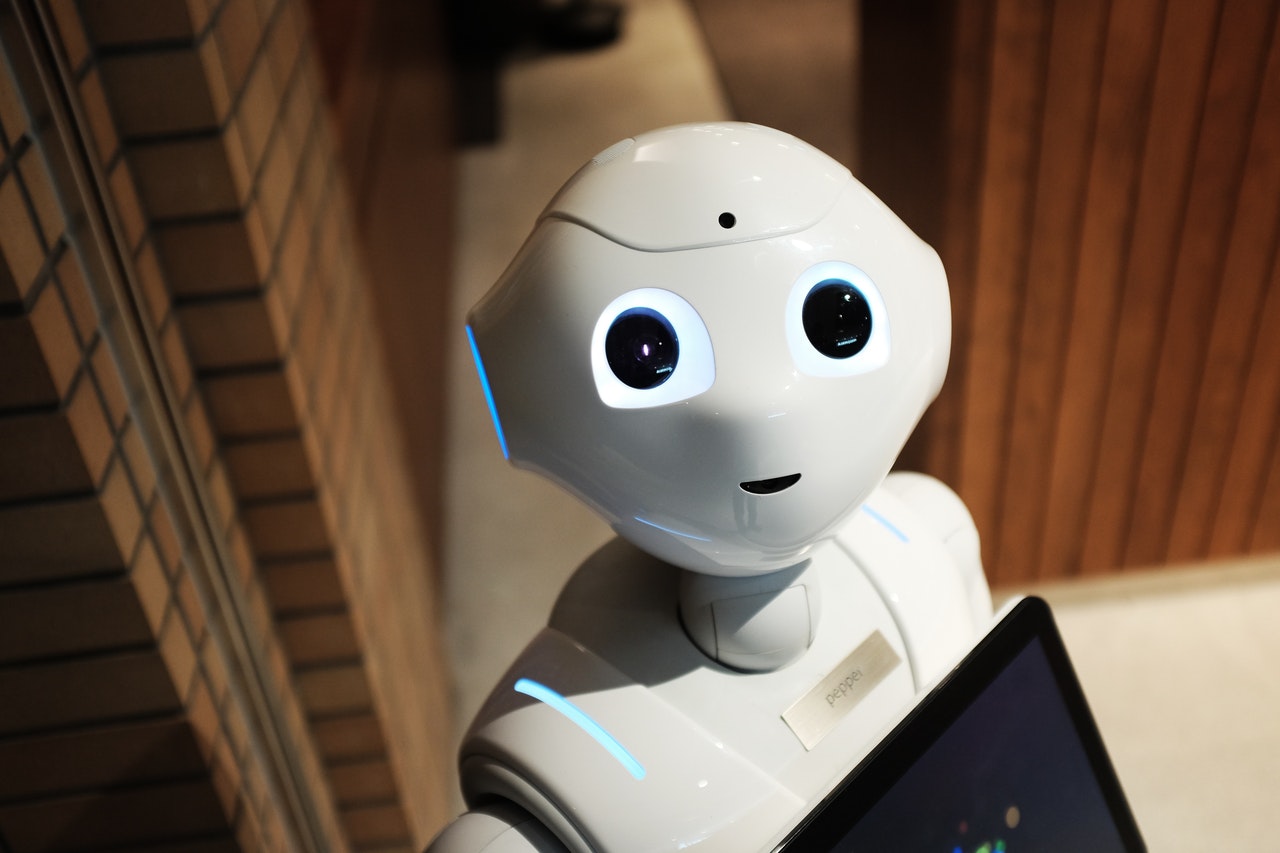
Technology is constantly advancing. People are always coming up with novel ideas, and scientists and engineers are finding a way to make them a reality. It’s exciting seeing what technology has been in the past and what is coming in the future. These advancements can impact every aspect of our lives, everything from improving health to providing entertainment. The faster technology advances, the faster it seems it must advance. Here are several exciting health-related technologies that are just on the horizon, ready to shape the future.
Smart T-Shirt
These days, smartwatches and other wearable sports bands have become increasingly popular. Unfortunately, many of them are not very accurate, rendering them virtually useless for anyone who is a professional who needs the utmost accuracy. KYMIRA, a leading manufacturer of smart materials, has created a t-shirt that has a single lead ECG printed into the fabric. It will accurately measure the heartbeats of the wearer and upload the data to the cloud via Bluetooth.
Similar to the technology of CDK AWS, the system’s algorithms can accurately detect irregularities in the heartbeats, potentially saving lives. Everyone from professional athletes to the general public with chronic health conditions will benefit from this shirt. It can observe activity levels or monitor current health conditions to potentially warn of a heart attack.
Smartwatches Powered by Sweat
You may not have ever thought you could use your sweat for something positive, but now it could power your smartwatch, thanks to the invention of a flexible supercapacitor. The supercapacitor stores energy from the electrolytes in sweat instead of the electrolytes that are in batteries.
It will only take approximately 20 microliters of sweat to charge the super capacitor fully. It creates energy by generating an electrochemical reaction between the positive and negative ions in the wearer’s sweat with a polymer coating on the absorbent cloth. Sweat power is much more eco-friendly than conventional batteries, and it can perform equally as well.
Artificial Neurons
Not only can scientists now create artificial neurons, but they can also attach them to silicon chips. This creation enables the chips to copy the neuron’s electrical properties as they mimic the natural, biological neurons in the nervous system. Then, these electrical properties can be reproduced down to minute details. Scientists expect to use these silicon chips in medical implants for conditions like Alzheimer’s disease and heart failure.
Digital Twins
Q Bio is a United States company that has built a body scanner for humans that, within only an hour, can measure hundreds of biomarkers to create a 3D digital avatar of the patient. Scientists refer to this avatar as a digital twin. The twin will enable medical professionals to track in-depth health information over time, including inflammation markers, fat buildup in the liver, various cancers and hormone levels. Each time the patient has a new scan, their “digital twin” will be updated.
This technology will be an incredible resource for doctors and patients to lead to a new phase of personalized medical care and prevention. This technology will also lead to progressively more sophisticated methods of preventing, diagnosing and treating all types of medical conditions.
Living Robots
You may wonder if a living robot is even possible. Now, it is becoming a genuine possibility. Scientists are experimenting with developing tiny hybrid robots, a new type of artifact, as it isn’t a traditional robot or an animal, but a combination of the two. This combination makes it an organism that is not only programmable but also a living thing (i.e., a living machine). These xenobots are approximately a millimeter wide and made from stem cells from frog embryos.
They could have a wide range of uses, such as swimming to specific areas of the human body that need treatment or even eco-friendly jobs, such as gathering microplastic pollution from the oceans.
It’s never been more exciting seeing what innovative technology is in store for the future of health-related products and services. Keep informed about these new inventions and try some for yourself when you get a chance.
